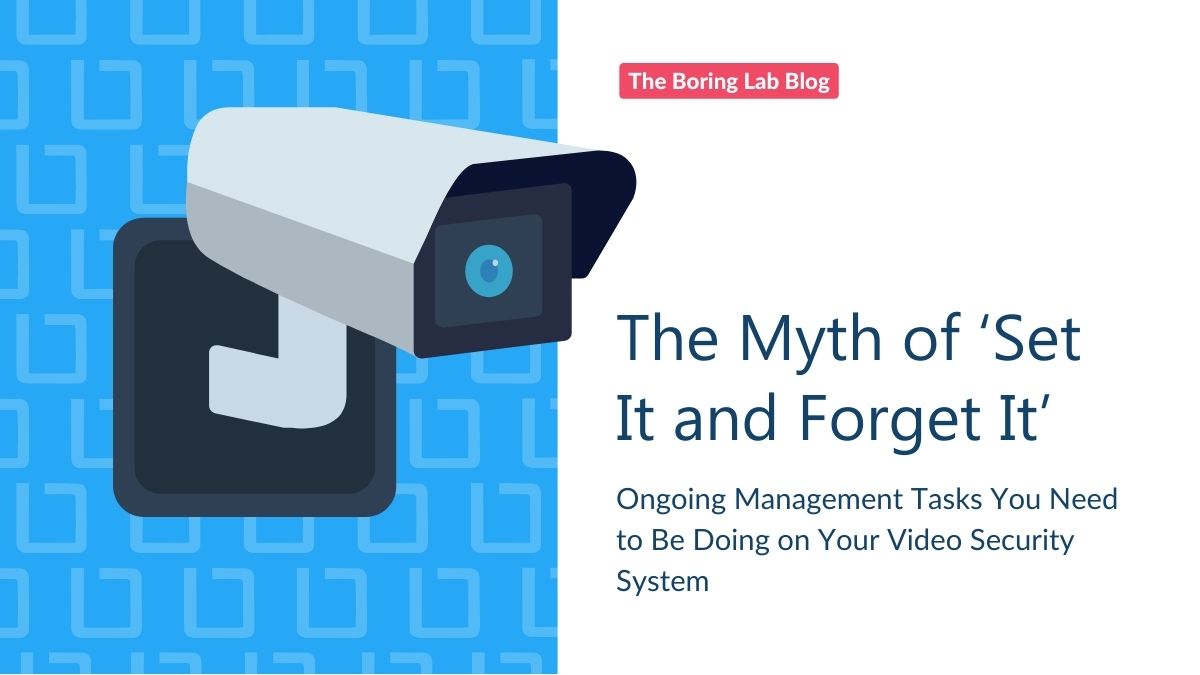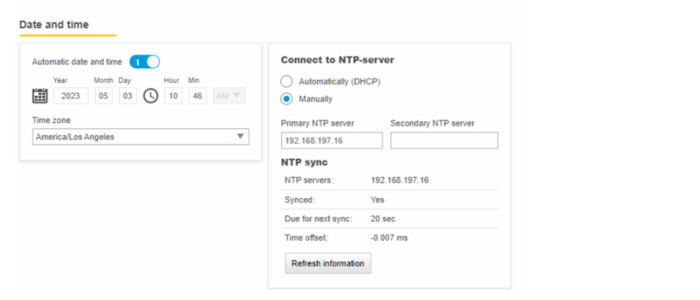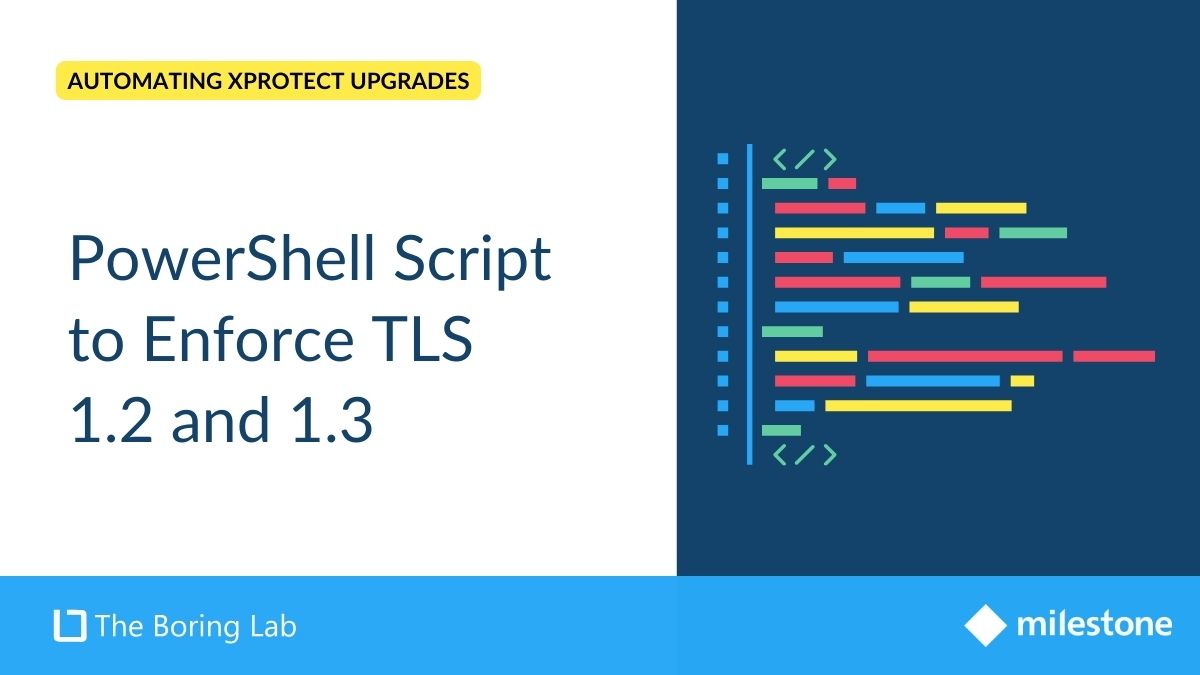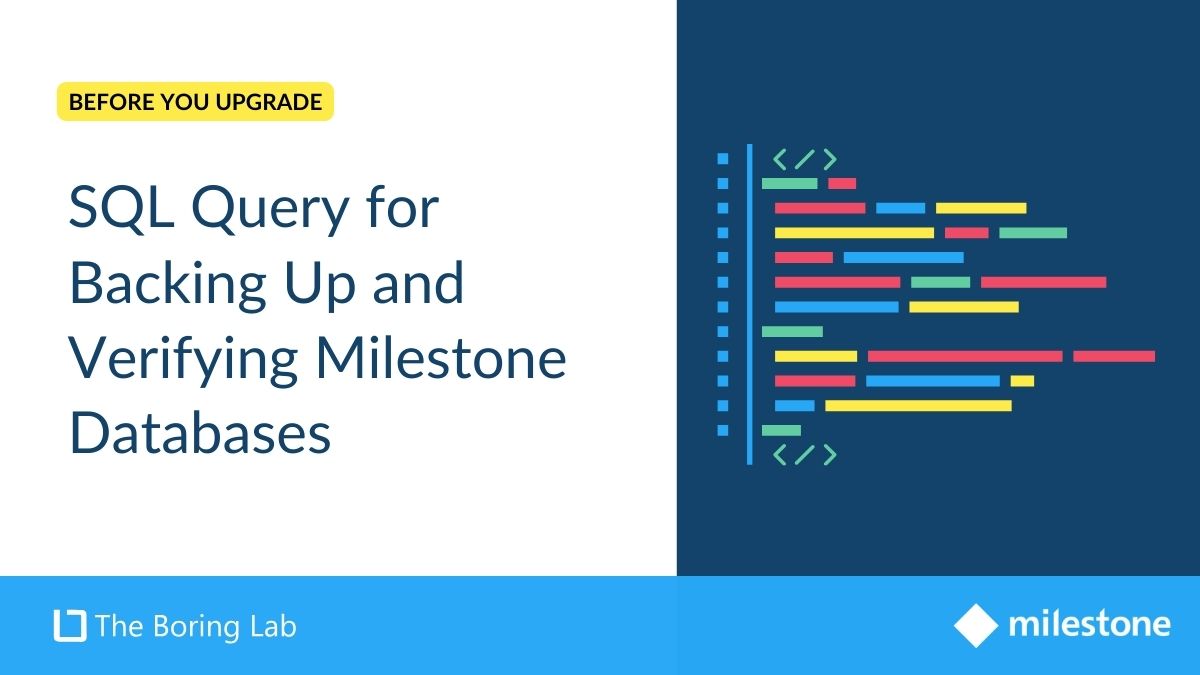
Managing a video surveillance system is not set it and forget it. In this blog we cover the importance of…
License Plate Recognition (LPR) is hard… or at least it used to be.
In the past, I used to estimate a few days to install an LPR system for a client because the configuration process was so time-consuming and frustrating. Anyone who knows me knows how much I hate inefficiency. And so, I began my journey to find a better way. One that didn’t require so much of my time or mental energy.
I am happy to report that thanks to a few key changes in technology, the process that used to take me days, now only takes me a few hours.
So, what’s the secret?
It’s all about finding the right features, my friends.
Before I start smashing puzzle pieces together, I like to get specific about what I need from the solution. I ask myself what results/experience/features would the ideal solution have and then also what’s the bare minimum of what I need the solution to do.
Ultimately, here is the list of what features I was looking for in an LPR solution:
Servers are expensive, require maintenance and increase cost and deployment time. Edge analytics processes data at the edge of the network, reducing the load on servers and saving money. Look for cameras that support edge analytics to streamline the LPR process.
I tried several edge LPR platforms, and if you have a parked car in the FOV, be ready for a flood of alerts. This is a huge pet peeve of mine. I hate spam, so finding an analytic that limits the number of duplicate alerts was a priority for me. Deduplication limits the number of duplicate alerts, reducing spam and making it easier to find the relevant data you need.
I have multiple cameras and want a way to search through all of the license plates and see my video clips instantly.
After trying various hardware and software combinations, I’ve landed on the following tech stack to fill my LPR roster (my security dream team, if you will) and the associated wishlist item that they fulfill.
ACAP gives you access to a wide range of analytics including edge analytics, making it easier to process data at the edge of the network.
While it is not called out as a specific feature of CaMMRa LPR analytic software, it does in fact dedupe. This reduces the number of duplicate alerts and saves me time that I DON’T have to spend sorting through a million email notifications.
Milestone’s Centralized Search allows you to search through all license plates and view video clips instantly, making it easier to find the relevant data you need.
Side note: I’m also currently testing Hanwha, which also uses FF-Group’s LPR, but TBD on those results. I will update this blog once I’ve formed a conclusion.
Once you’ve chosen your hardware and software, it’s essential to adjust your camera settings to optimize LPR accuracy.
Here are the camera settings that work well for me:
Make sure you use the same NTP server on your cameras and server (this is critical!). This ensures that all devices are in sync and reduces the risk of errors.

Set ‘Wide dynamic range’ (WDR) to OFF. While WDR can be helpful in certain situations, it can actually make LPR more difficult.

Set your shutter speed to 1/500 s: This is the ideal shutter speed for capturing clear images of license plates.

*If you need to focus at night:
Set your maximum gain to 24 dB: This will ensure that your images are bright enough to capture clear images of license plates.

Set your exposure level to 60: This will ensure that your images are not overexposed, which can make it difficult to read license plates.

Once you’ve got your settings just right, set the home preset on the camera. This will save you when you reboot the camera.

When it comes to FF-Group settings, there are a few things you should update to get the best possible LPR results.
This is essential for accurate license plate recognition. Make sure that you’ve selected the correct country for your LPR system.
This will help to minimize false positives and ensure that your system only detects license plates that are relevant.
By tweaking your camera settings and FF-Group settings, you can optimize your LPR system and make sure that it’s running smoothly.

Pretty good, right?
I’ll be the first one to commiserate with you about how much of a pain setting up LPR can be! But I also can confirm that it doesn’t have to be such a painful process! With the right tools and a little guidance, you’ll be monitoring license plates in no time!
Sign up for my [Not] Boring Newsletter. Sec-tech tips, things that make you think, dad jokes, trivia. You know how much I hate spam, I promise I’ll only ever send you the good stuff
Get The Newsletter
Your go-to XProtect eXPerts. We learn the technical stuff that will save you time and make it less boring.

Your go-to XProtect eXPerts. We learn the technical stuff that will save you time and make it less boring.

Managing a video surveillance system is not set it and forget it. In this blog we cover the importance of…

Learn how to use a PowerShell script to enforce TLS 1.2 and 1.3 on your IIS servers, improving security by…

Streamline your Milestone XProtect upgrades by using a SQL script to automate the backup and verification of your databases, ensuring…
Subscribe to get a monthly dose of security & surveillance industry news and insights, Milestone VMS time-saving tricks, tips for hacking your way out of boring work sent directly to your inbox!